deepeye.hu
Astronomical Drawings of Peter Kiss
Astronomical Drawings of Peter Kiss




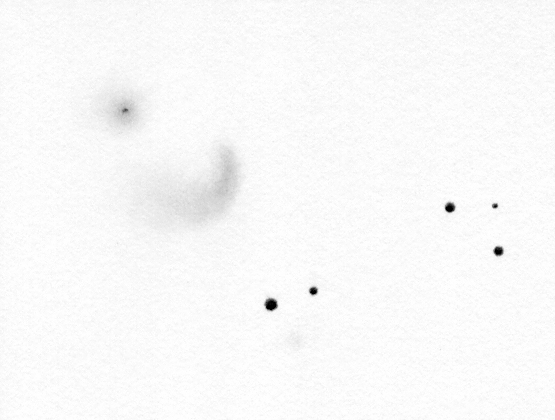
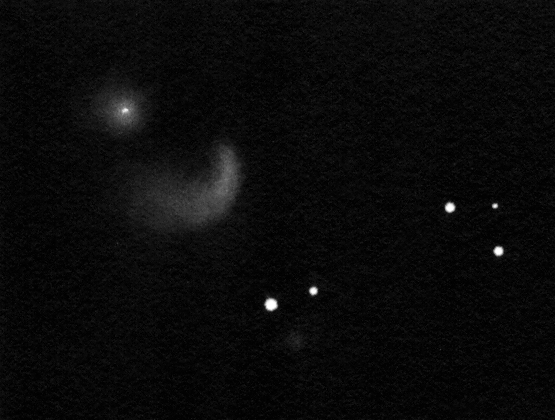
Arp 142 was one of my primary objectives for the 2015 March new moon weekend at Ágasvár. This system consists of two interacting galaxies. NGC 2937 is an elliptical galaxy (top left) and NGC 2936 is a heavily distorted spiral. Their brightnesses are 13.6m and 12.9m respectively. Contrary to this the elliptical one seems to be brighter. This perception might be caused by the bright stellar core. The elliptical's halo is a little asymmetrical - it is slightly extended towards the South (left / top left). The spiral is much more interesting: the bent body of the galaxy is clearly visible. The Northern (right) edge shows a little more contrast. Elsewhere it is diffuse. A slightly brighter diffuse thread is visible in the narrowest section.
There is a spectacular Hubble photo of this system that is about 330 million light years away from us. There is a foreground galaxy MAC 0937+0246 in the distance of about 230 million light years. (Visually) it is next to the double star close to NGC 2936. Knowing the exact location I spotted something a couple of times during the observation but I highly doubt that I had seen the core of this galaxy. Other observers reported that they had definitely seen this tiny galaxy using 25"-27" telescopes.
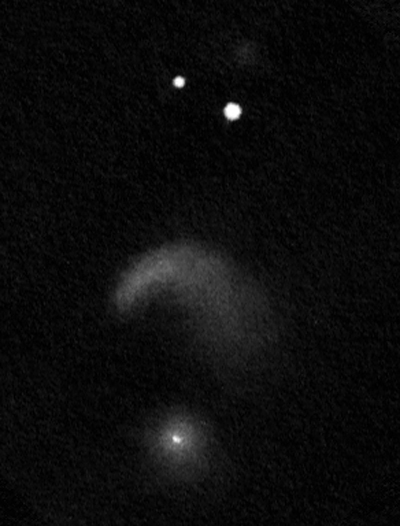
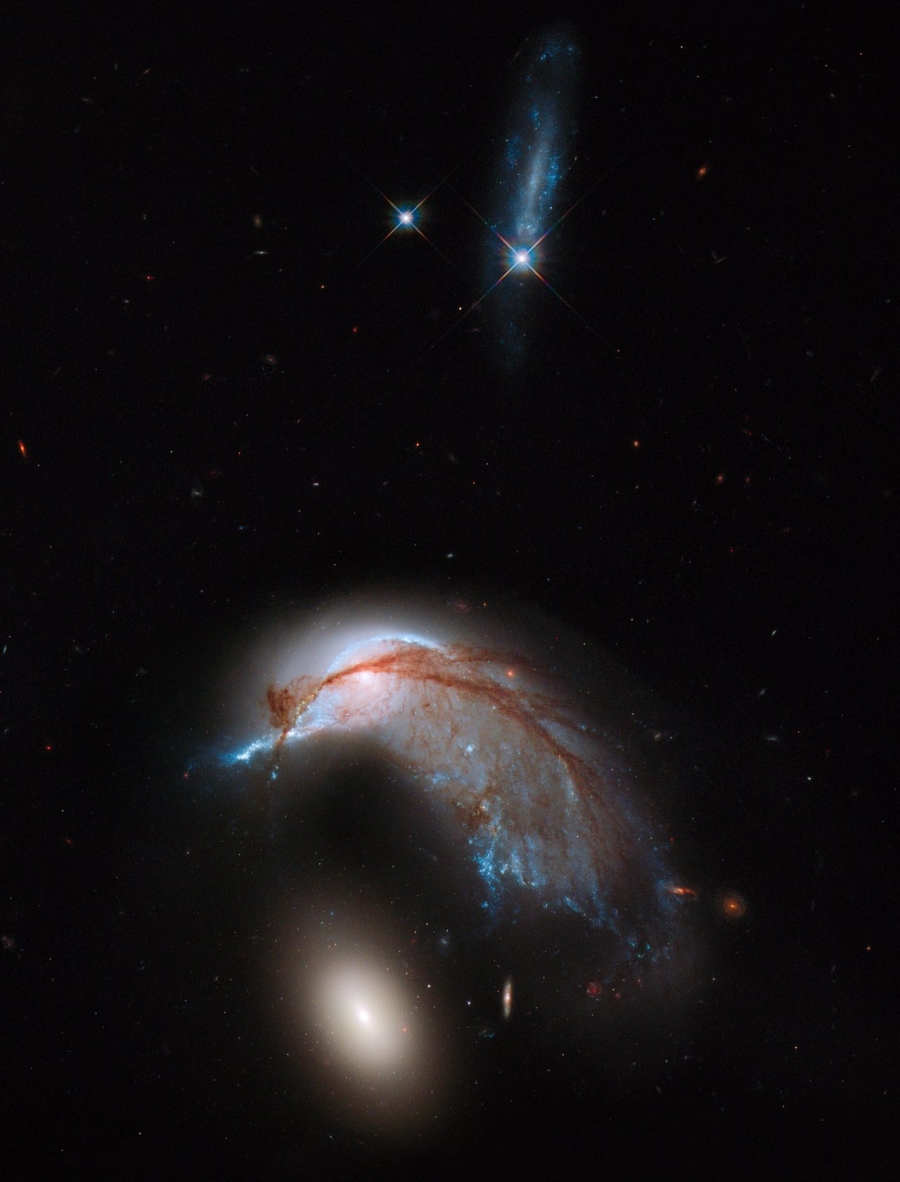
You can see the Hubble image of Arp 142 to the left. I rotated and cropped my inverted drawing to show about the same area of the sky as the famous image.
The details of the bird (penguin) shaped galaxy, that is the absorption lane and the star forming regions remained hidden in the 16" telescope. Those would require a much bigger scope. Nevertheless the eyepiece impression of Arp 142 was beautiful and it clearly resembled the Hubble image.
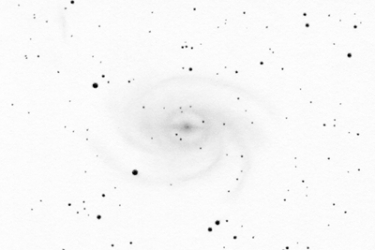
Pavo galaxy
The grand spiral galaxy of Pavo
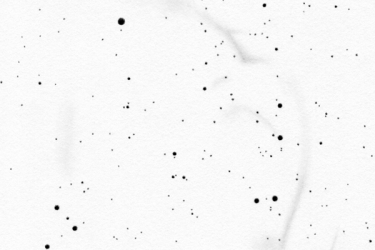
Panorama drawing
Huge and faint supernova remnant in the southern sky
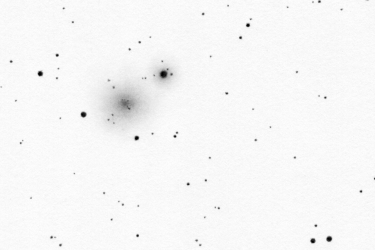
Centaurus globular cluster
The second globular in Centaurus

Apus globular cluster
Globular cluster close to the Southern celestial pole
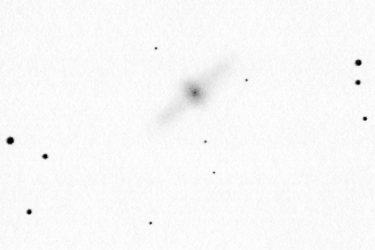
Centaurus galaxy
Polar ring galaxy
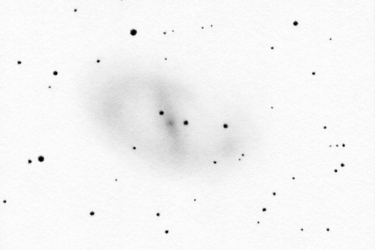
Ara galaxy
Barred spiral galaxy in the thick of the Milky Way